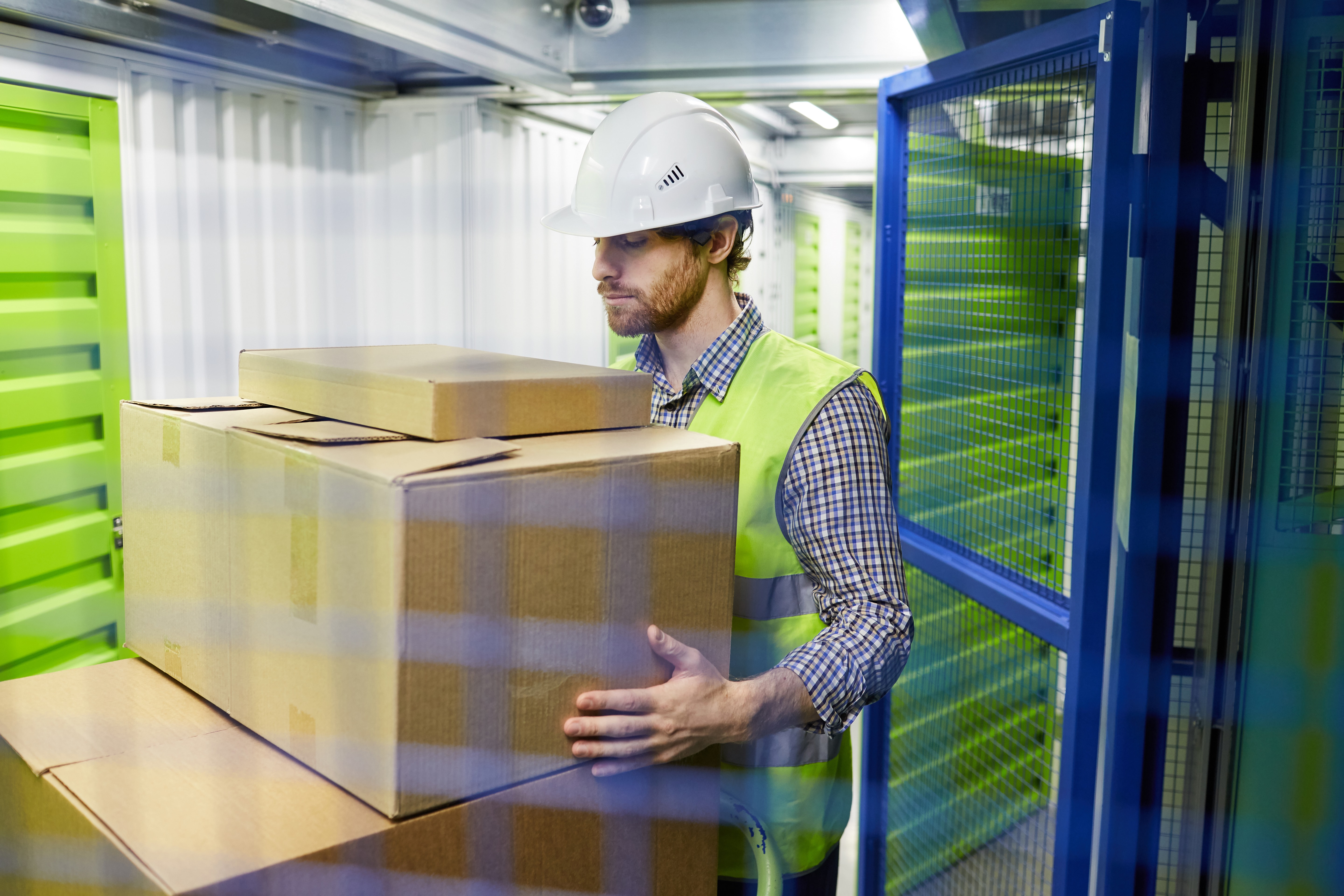When coordinating your global IT deployment, one of the most important logistical elements is coordinating the shipment of equipment. Equipment coordination can be a very complicated process, however, because there are many discrete events that must happen at precisely the right time to ensure a successful deployment.
There are a number of factors you need to consider to ensure your equipment gets to the right place at the right time. For instance, different countries have different laws and customs, and your company needs to comply with all of these regulations. There are also often taxes, tariffs, and additional fees you’ll need to be aware of and plan for before you begin shipping your equipment.
A Guide to Shipping IT Equipment Internationally
1. Understand Customs Regulations
We’ll start off with one of the most basic — yet most important — tasks. Do the research needed to make sure you and your team understand the customs regulations in the country to which you’ll be shipping your equipment. These guidelines will be different for each country.
In some countries, for example, there are different rules for shipping equipment to the area for a project versus shipping products directly to consumers. Thorough research can ensure that you know what you need to do to coordinate the transportation of your IT equipment.
When shipping almost anything internationally, you’ll need to complete the required paperwork so it can be delivered without any delays. Doing your research will also help you know which forms are required, what information you need to include, and how to submit this documentation.
2. Know the Size of Your Equipment
Figure out the dimensions, sizes, and all other information about the equipment you’ll be shipping. For very large machinery, you’ll likely need to ship via the water — and some ports can’t take large boats. You’ll want to ensure your machinery can fit on the particular shipping boats that are accepted by a port near your project. This step will also help you accurately determine shipping costs, fees, and processes.
3. Learn the Shipping Rules & Restricted Items
Some countries will not allow certain products to be received there. It’s unlikely these restrictions would include the equipment you’d need for your global IT deployment, but it’s better to check the list first. Otherwise, if you accidentally ship something restricted, it could be stuck in customs for far longer than you’d like.
4. Pay All Duties, Taxes & Fees
In some countries, there are delivery fees in addition to the cost of shipping. While you shouldn’t have an issue when shipping equipment for a project, it’s still a good practice to pay all fees upfront. That way there’s no delay or issue when the local shipping company goes to deliver your equipment.
5. Consider Transportation Options
Shipping large machinery and equipment is very different from shipping smaller items and products. Before a global IT deployment, you’ll need to plan for how your products will be put on and taken off the boat, plane, or another mode of transportation. Equipment with wheels makes for easier transportation and can be considered Roll On/Roll Off. Flat-rack transportation means your equipment would be first loaded onto a rack. Finally, container shipping puts your equipment into an enclosed container before shipping.
6. Invest in Insurance
There are plenty of risks involved when transporting large machinery, especially when it’s going overseas internationally. Investing in insurance can be a good idea to protect your investment and ensure your equipment is covered. You don’t want to deal with the headaches and problems that would come with damage to an uninsured piece of equipment. Instead, buy the insurance and rest easy.
No matter where you’re shipping your equipment, there are many factors to consider before you put it on a boat or airplane. It can be difficult to navigate all the options on your own, so consider working with a company with experience in international business and global IT deployment. Kinettix has coverage in over 90 countries and a robust network of global field technicians to create seamless IT deployments. Contact Kinettix today to see how they can help you through the logistics of shipping equipment for a global IT deployment.






